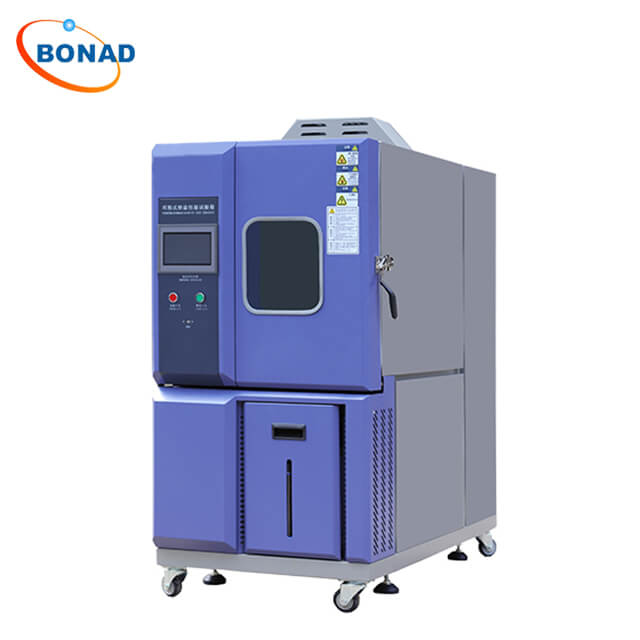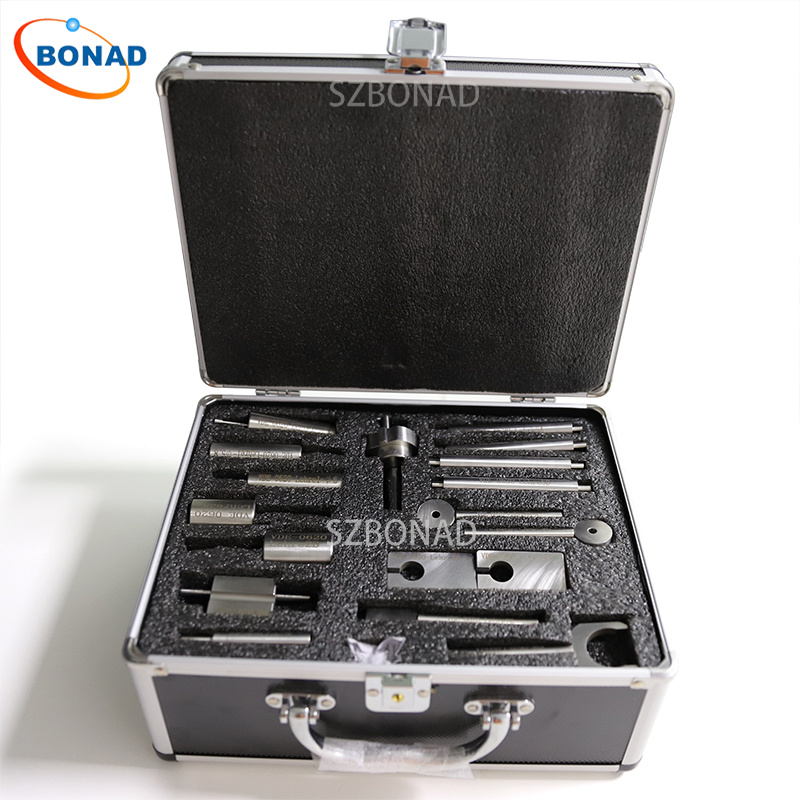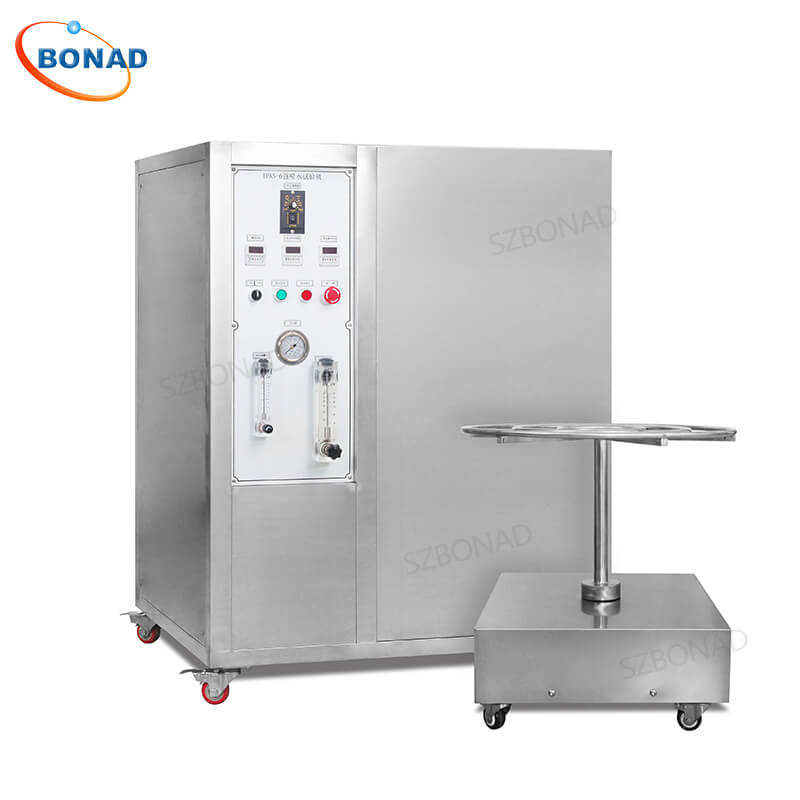What is a Temperature Cycling Test?
A temperature cycling test is a crucial procedure used by engineers to evaluate the durability of products under fluctuating temperature conditions. This test involves placing the product in specialized environmental chambers where it experiences rapid temperature changes. The primary goal is to identify any weaknesses that may cause the product to crack or fail due to thermal expansion and contraction.
In real-world scenarios, products are subjected to various environmental conditions. Engineers strive to ensure that these products can withstand extreme temperatures without compromising their integrity. By conducting temperature cycling tests, they can assess and enhance the quality and durability of their products. These environmental chambers mimic real-world temperature variations, providing valuable insights into how a product will perform under different thermal conditions.
Temperature cycling tests are applicable to a wide range of products and have been widely adopted by modern industries. This testing method helps companies improve their product quality and longevity.
The Popularity of Temperature Cycling Tests
One of the key reasons for the popularity of temperature cycling tests is their ability to deliver quick results. Unlike traditional methods that require extensive time and resources, these tests provide rapid feedback, making them ideal for industries with tight product launch schedules.
Impact of Temperature Cycling Tests
Temperature cycling tests have revolutionized product testing across various industries. Manufacturers rely on these tests to meet international standards and confidently launch durable products. This testing method has significantly reduced product recalls and customer complaints by identifying potential flaws early in the development process.
In recent years, the cost of testing chambers and related equipment has decreased, making these tests more accessible to small manufacturers. Industries ranging from automotive to aerospace now incorporate temperature cycling tests into their product development processes.
Different Testing Methods
It’s important to note that various testing methods are available, such as temperature shock and temperature cycle methods. While they serve similar purposes, their working mechanisms and efficiencies differ.
How Does a Temperature Cycling Test Work?
Temperature cycling tests are conducted in environmental chambers designed to simulate rapid temperature changes. These chambers contain heating and cooling elements that can swiftly alter the temperature from one extreme to another. The product being tested is placed inside the chamber and exposed to different temperatures.
The duration for which a product undergoes specific temperatures depends on its type and strength. Let’s break down the phases involved in a typical temperature cycling test:
- Heating Phase
- The product is initially exposed to increasing temperatures within the chamber.
- The chamber raises the temperature strategically, emulating real-world conditions.
- This phase assesses the product’s ability to expand without compromising its structural integrity.
- Dwell Time
- Once the upper-temperature limit is reached, the chamber maintains this temperature for a specific period.
- Dwell time ensures thorough heat permeation throughout the product, allowing engineers to accurately assess its durability.
- Cooling Phase
- In this final phase, the chamber rapidly decreases the temperature.
- The sudden drop in temperature evaluates how well the product withstands contraction.
- Products that remain unaffected during both heating and cooling phases are considered robust.
These phases are repeated for several cycles while continuously monitoring for signs of failure such as cracks or warping. If a product fails, it provides valuable insights for engineers to make necessary improvements before retesting.
Standards and Specifications
Reputable organizations have established standards for temperature cycling tests, ensuring uniform testing conditions across industries. Some commonly followed standards include:
- ISO 16750
- ASTM E1447
- IEC 60068-2-14
- MIL-STD 883E, Method 1010.8
Adhering to these standards allows industries to compare their products with others in the market effectively.
Benefits of Temperature Cycling Tests
Temperature cycling tests offer numerous benefits:
- Accurate Simulation: These tests accurately replicate real-world conditions, providing precise information about how a product will perform when used by consumers.
- Identifying Weaknesses: Manufacturers can identify weak areas in products before launch, preventing potential failures and customer dissatisfaction.
- Reduced Development Time: By providing reliable data quickly, these tests shorten product development timelines compared to conventional methods.
- Cost-Effective: Owning an environmental chamber minimizes testing costs over time.
- Versatility: Applicable across various industries from electronics to aerospace; this test method is internationally recognized for its reliability.
Frequently Asked Questions
- What industries commonly use Temperature Cycling Tests?
- Industries such as electronics, automotive, and aerospace frequently use thermal cycling tests due to their effectiveness in ensuring product durability.
- What is the ramp rate in thermal cycling tests?
- The ramp rate refers to how quickly the temperature changes from one extreme to another within an environmental chamber.
- What are the types of test chambers?
- There are generally two types: Elevator-type Chambers for quick shifts and Single-Temperature Cycle Chambers for controlled thermal changes.
Conclusion
Temperature cycling tests have become an essential tool for ensuring product quality across various industries. By understanding how these tests work—from basic concepts to detailed mechanisms—manufacturers can better utilize them for enhancing durability and performance.



